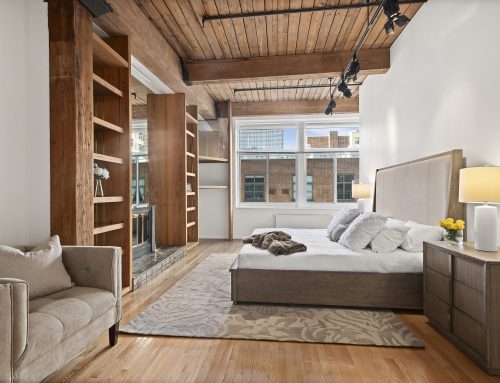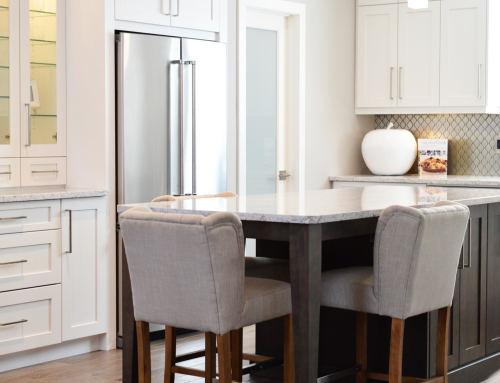If you based your understanding of what it takes to remodel a fixer-upper of a home solely on any of the ubiquitous home improvement shows on HGTV and elsewhere, you would think that it’s all smiles, high-fives, and a total of 52 minutes of your time. That is probably why those people who watch such shows at least once a week are significantly more likely to consider buying a fixer-upper than those who never watch them, according to a LendingTree study.
But the reality of a massive home renovation is often far from what is portrayed on “reality TV.” While buying a less-than-livable house on the cheap with the intention of turning it into your dream home may sound like a fun and frugal adventure, it is important to understand what you’re really getting yourself into when you get yourself into a fixer-upper.
DIY Or WTF?
Home renovations may look on TV like anyone can do it; after all, swinging a sledgehammer doesn’t require a lot of skill or knowledge. But knowing whether tearing down that wall will bring the ceiling down as well is something else. Significant structural work, installing or upgrading electrical and HVAC systems, and other major renovations may be beyond your skillset, and DIYing such things could lead to significant problems, as well as potential injury.
Before considering a fixer-upper, consider whether you have the time, talent, or inclination to do much of the work yourself or whether you will need to hire contractors or other professionals to do so. This will play a big role in your dollars-and-cents calculations about whether a fixer-up makes economic sense.
Know What Needs To Be Done
Every prospective home buyer should make their purchase contingent on a home inspection. A thorough, professional inspection is especially critical for those looking at a fixer-upper.
Buyers may be able to look at a home and see obvious things they want to change – such as a kitchen remodel, removing a wall, or adding a fireplace. But an inspection will provide a full picture of any major but hidden flaws, problems, or deficiencies that will require work. These need to be factored into the anticipated costs of the renovation.
Crunch The Numbers Before Making An Offer
What makes fixer-uppers so attractive to potential buyers is that they are usually a lot cheaper than neighboring homes of equivalent size. That is why “buying the worst home on the best block” is a common strategy for bargain-hunting home buyers. But that great deal may be illusory if you will have to spend tens of thousands of dollars more than you can afford after closing.
Just as you have to know what you can finance and afford when it comes to purchase price, you need to have a clear sense of what you can handle in renovation costs. Prepare an inventory of all the work you anticipate doing and factor the costs of that work into your up-front budget calculations.
If you plan on doing a substantial portion of the work yourself, figure out the cost of supplies as well as any intangible costs involved in spending so much time working on your renovations. For homes that need major structural work, consult with a structural engineer to get a sense of how much it will cost. Once you get an idea of how much renovations will cost you, add another 10-20 percent on top of that, because unanticipated problems and can and frequently do arise.
Whether you are looking for a fixer-upper or a home you could live in today, the real estate experts at Z Chicago can help you find the perfect home, in the best neighborhood, at the right price. Contact us today to learn how we can help you.





